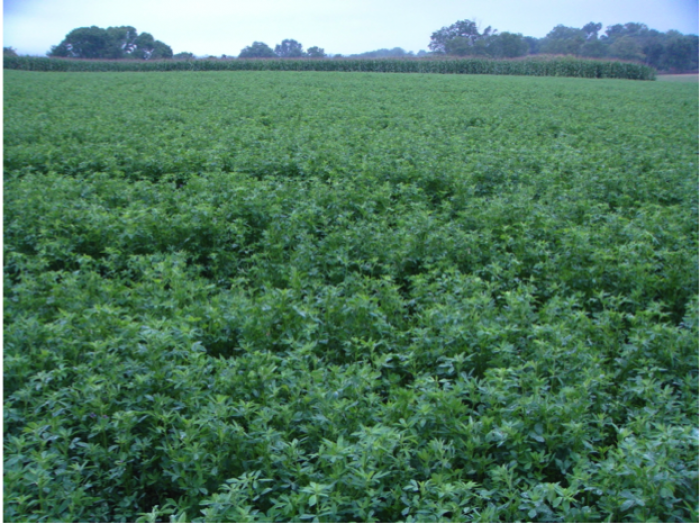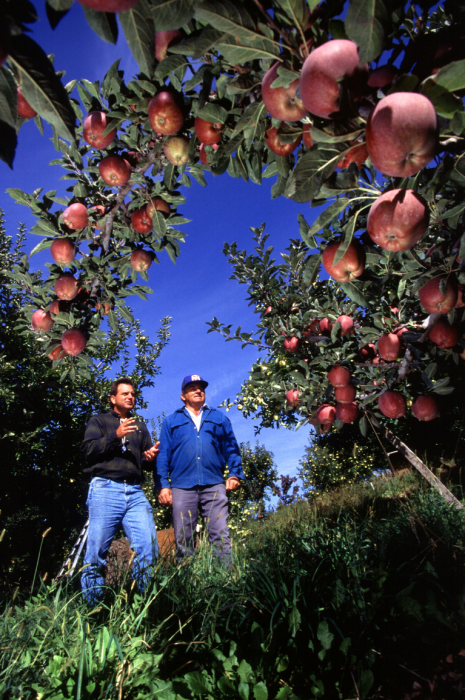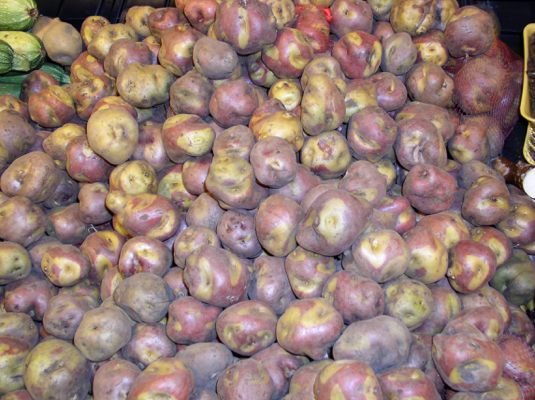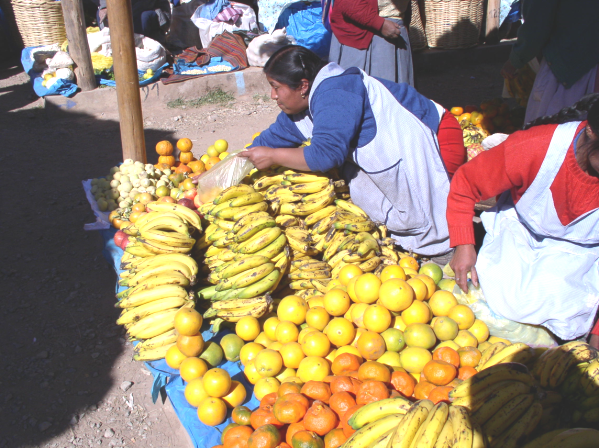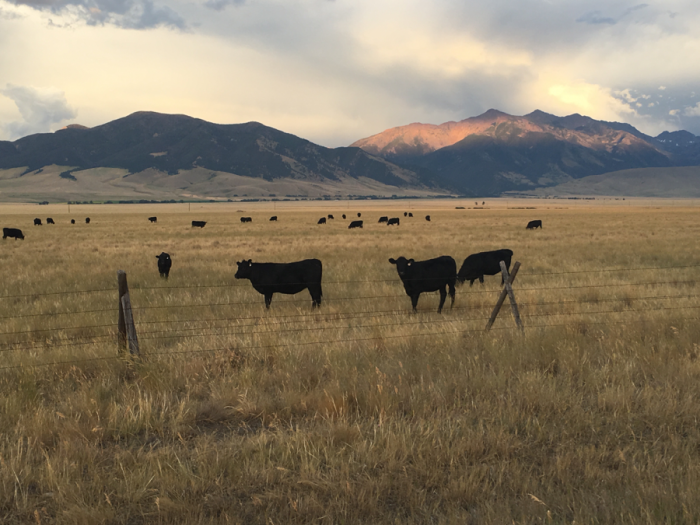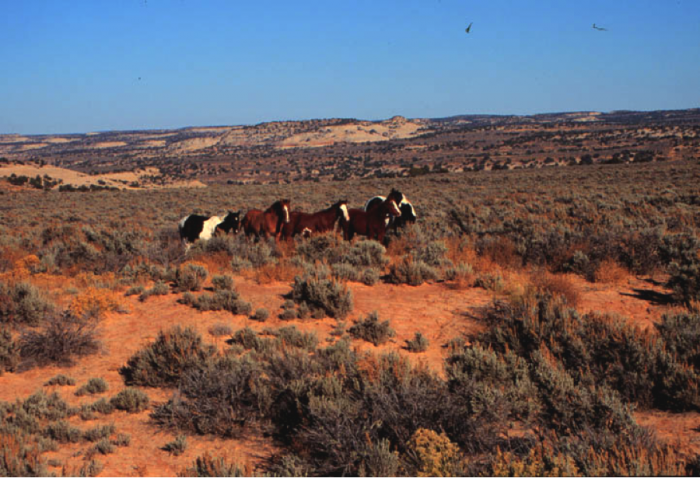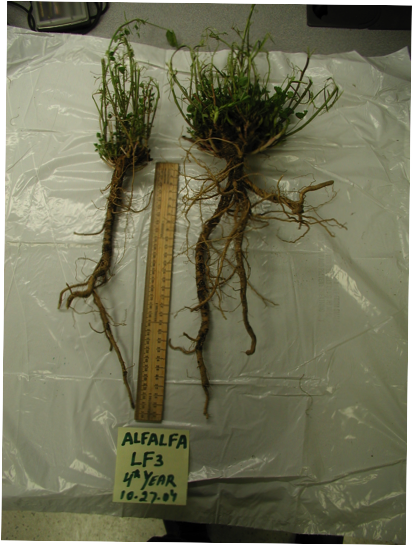Perennials
Biennials are plants that live and reproduce in two years, and at the other end of the life-cycle spectrum are perennial plants that live for 3 or more years. Perennials evolved in environments where resources were limited often due to competition with other plants and their growth rates tend to be slower than annual plants (Lambers et al, 1998). In these resource-limited environments, often plants cannot germinate from seed and reproduce by seed within one year. Therefore, to increase their opportunities for successful reproduction, perennials evolved ways to grow and survive for multiple years to successfully produce offspring. Perennial crops are typically cultivated in environments that may also have a climatic limitation such as a short growing season or dry climate, or where a plant's ability to access resources may be limited due to frequent disturbance such as grazing.
To survive for multiple years, perennials allocate a high proportion of their growth to vegetative plant parts that enable them to access limited resources and live longer. For instance, they often invest in extensive and deep root systems to access water and nutrients, or in tall and wide-reaching aboveground stems and shoots to compete for light, such as bush and tree trunks and branches. Perennials also store reserves to regrow after growth-limiting conditions such as drought, freezing winters, or disturbance such as grazing. Carbohydrates, fat, and protein are stored in stems and roots, or modified stems such as tubers, bulbs, rhizomes, and stolons. In many plant species, these storage organs can produce root and shoot buds that can grow into independent offspring or clonal plants; this is called vegetative reproduction. Although most perennials reproduce both through seed and vegetative reproduction, in resource-limited environments where plant competition is high, the large storage organs and their reserves offer vegetative offspring plants a competitive advantage over starting from seed.
Perennial Crops
Humans have cultivated and selected perennial crop plants for their vegetative plant parts, storage organs, fruit, and seeds. For instance, the leaves and stems are the primary plant parts harvested from perennial forage crops (crops in which most of the aboveground plant material is grazed or fed to animals). Horticultural perennial crops that are harvested for stems and leaves include asparagus, rhubarb, and herbs. And in some cases, a perennial crop's storage organs are harvested each year, limiting the plant's ability to complete its perennial lifecycle and effectively reducing its cultivated lifecycle to an annual. Examples of such crops perennial crops that are cultivated as annuals include potato, sweet potato, and taro, Tree, shrub, and vine food crops managed as perennial crops are typically cultivated for their fruit and seeds, such as apples, stone fruit (ex. peach, plum), plantains, nuts, berries, and grapes (see photos below).
